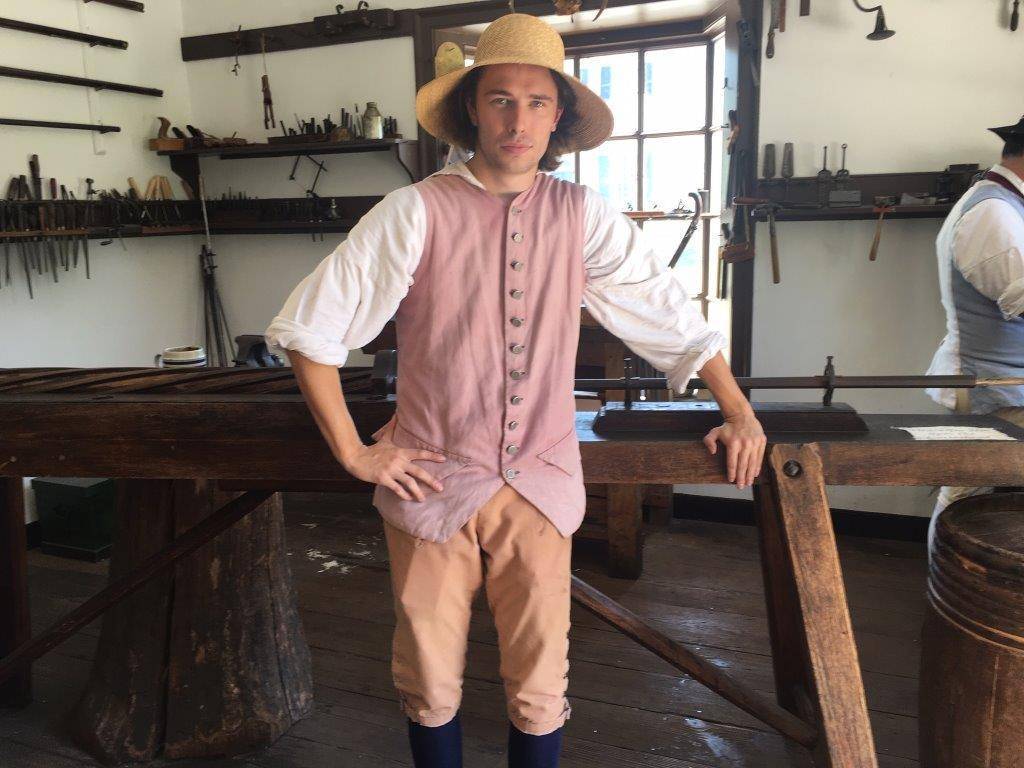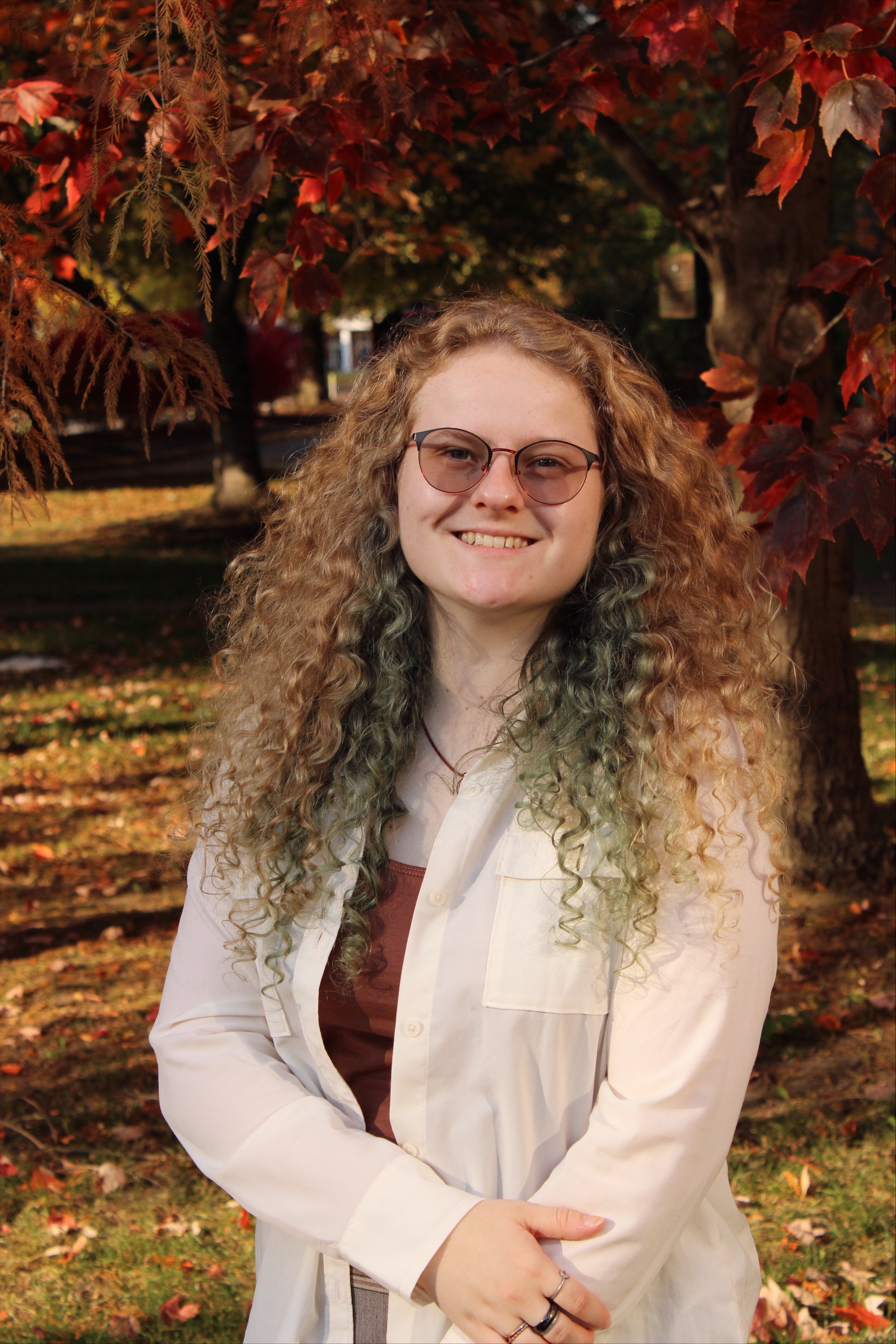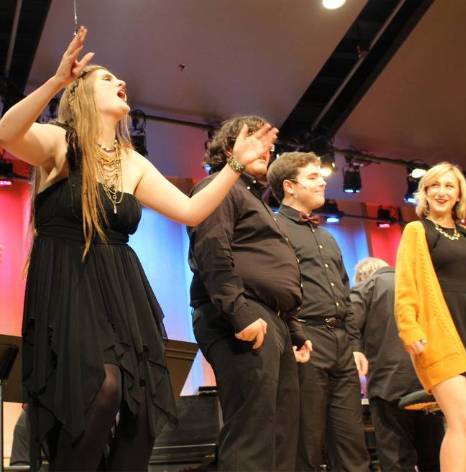

Lock, Stock, and Barrel
Kyle Bunts
Class of 2020 • Galena, Maryland
Over the course of a hot and sweaty summer devoted to studying the past, Kyle Bunts ’20 found a 1,500-year-old quartz projectile tip while digging at Pindell Bluff as part of the Lost Towns Project in southern Maryland. He also found highly-sought evidence of the original structure on Andelot Farm, the earliest English settlement in Kent County (c. 1680-1720). But his most important discoveries may have been a newfound appreciation for historically-accurate 18th-century craftsmanship and a senior thesis topic that explores the role of 18th-century rifles on the early frontier.
In the gunsmith shop at Colonial Williamsburg, Bunts sweats in his colonial garb as he interrupts his work to talk to visitors about an artisan trade nearly lost to history. The American longrifle on the table represents approximately 400 manhours spent using the materials, tools, and techniques of that time period. Under the guidance of a master gunsmith, Bunts and his fellow apprentices follow the process to the letter, from forging the iron barrel to casting brass fittings, carving the stock, and assembling the pieces by hand.
It’s a misconception, Bunts says, that muskets—the weapon of choice during the American Revolutionary War—were manufactured in Williamsburg. Those 18th-century firearms were mass-produced in Europe and imported to America from the West Indies. The guns handcrafted here are rifles and shotguns—perfect for hunting food on the frontier, but not so great for the soldier facing the enemy.
“Rifles were very accurate, but the down side was that they were slow to load,” Bunts says. “George Washington wrote to the Continental Congress pleading for more muskets saying, with all due respect to the American gunsmiths, that the rifles were effective but that muskets were easier to load and faster to shoot. And on top of that you had the bayonet for close combat.”
Bunts hasn’t always been interested in guns—or archaeology for that matter. But that all changed at Washington College after several courses in the field and a weeklong visit last spring to Colonial Williamsburg during Prof. John Seidel’s Chesapeake Regional Studies course, Historical Chesapeake.
“During that week of spring break, we got to explore all sorts of trades—silversmith, blacksmith, wheelwright, cabinetmaker, carpenter, farmer, and so on. It was time for me to start thinking about thesis topics and Dr. Seidel was able to hook me up with an internship at the gunsmith shop. I chose to talk about this in my thesis precisely because I didn’t know much about it. And one of the best ways to learn for me is hands-on. I’m more of a hands-on learner.”

